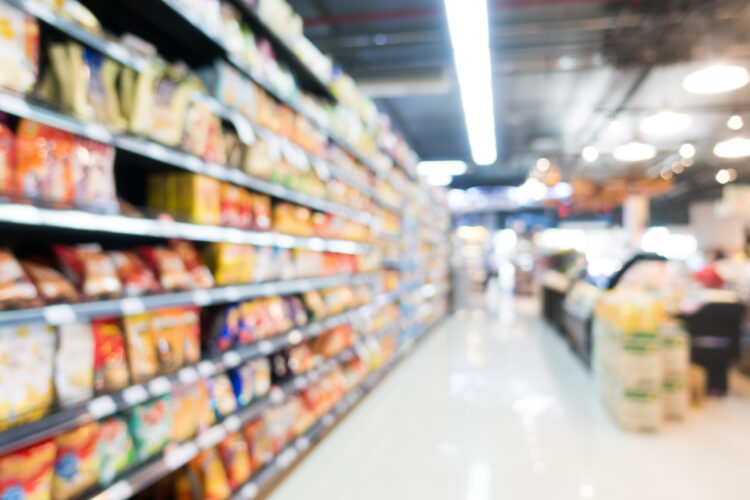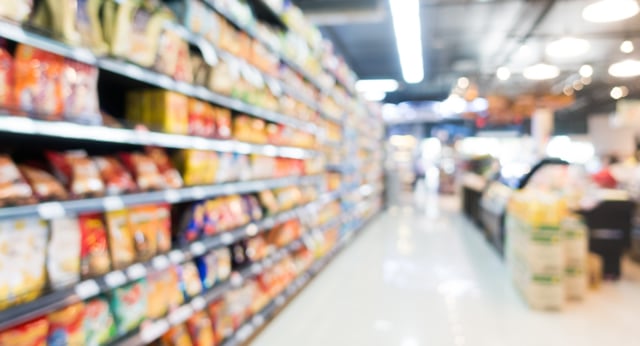
Due to the Covid-19 epidemic that affected the whole world, the food and food packaging industry was observed as one of the areas that underwent the most change. With this negative factor, companies that have become ordinary in production have made some changes in their packaging policies and started to try different methods to increase attention to their products.
As it is known, the only purpose of packaging used in the food industry is not to preserve the product and its shelf life. Nowadays, product packaging also serves as the promotional face of that product. The methods used in the creation of packaging, which is the first point where customers’ attention is focused, may vary depending on the current period. In this article, we have examined the popular production methods that have recently been seen in the packaging industry.
- Use of Flexible Packaging
The flexible packaging sector is among the packaging sectors that are growing day by day and becoming preferred.
The main reasons for this situation are;
- Using less fossil fuel and water in the production of flexible packaging
- More economical cost
- Its weight is less than other types
- Since it is sent in flat or roll format, it takes up much less space than other rigid packaging and therefore can be transported easily.
- Length of shelf life
- Being a type more suitable for e-commerce
- Flexible packaging creates a lower carbon footprint compared to other types of packaging
- It can be listed under headings such as supporting an environmentally friendly future.
Flexible packaging is a packaging innovation that combines the mechanical and physical properties of multiple layers of different polymers to balance functionality, environmental concerns, and commercial considerations.
Flexible packaging can come in a variety of forms, including sealed and resealable bags, gusseted bags, stand-up bags, microwavable bags, spouted bags, zippered and vacuum bags.
Innovations in flexible packaging designs enable size reduction to reduce plastic waste in general and excessive material consumption in particular.
More importantly, multilayer barrier materials in flexible packaging designs make it the packaging of choice to reduce food waste, reduce material waste and energy use, combat climate change and ensure a sustainable future. Ultimately, flexible packaging trends will continue to respond to technology and adapt to business, environmental and social needs.
Divan Packaging, which has determined providing quality service as a mission, has undertaken the qualification of being a company that makes a difference in this field by providing flexible packaging services to its solution partners for twenty-five years.
- Use of Sustainable Packaging
Sustainable packaging, which can cause minimal harm to nature and has positive effects on the future, has become one of the frequently preferred applications in the packaging industry, especially in the light of today’s rapidly developing environmental awareness. The introduction of products that are produced with the idea of reducing single-use plastics and that can be easily degraded and recycled in nature has played a supporting role in the production of sustainable packaging that can be recycled and reused.
Divan Packaging, which attaches great importance to the health and quality of life of future generations and adopts these as an establishment value, has the distinction of being a company that supports the protection of global resources, the efficient use of energy and materials, and continues its work by focusing on environmental awareness in sustainable packaging production.
- Use of Smart Packaging
In these years when smart devices dominate life, the paths of technology and the packaging industry are increasingly starting to intersect, and the best example of this is the existence of smart packaging! Thanks to smart packaging technology, consumers have the opportunity to have a lot of different information about the packaged product, and they have the chance to satisfy their curiosity about the product or their concerns about the safety of the product, thanks to QR codes or smart packaging labels. By using their own smart devices, consumers have the opportunity to access various information from these codes or labels, including the product’s freshness, aroma, quality, pH value, fermentation information, safety and compliance with health standards.
In addition, smart packaging has the potential to be used design-oriented to increase the interaction of the product in the market or to make its attractiveness in the market visible. Large packaging companies, especially those that use world-wide activities, special days or social trends as opportunities for promotion, can easily manage the attention that will be directed to their products through smart packaging use.
- Using Personalized Printing
Personalized prints on packaging, which have been highlighted by global brands especially in recent years, are observed as a very striking trend. According to this strategy, which aims to personalize the products by writing names on them and to establish an individual bond between the buyer and the product, the impact of presenting the products to the market by personalizing them through packaging has a great impact on customers and the reflection of this situation on the market. Thanks to personalized prints;
- The attractiveness of the product on the customer increases
- Making customers feel special
- Customers establish a unique bond with the product.
- Brand experience is improved
- Product availability and sales rates increase accordingly
- The customer’s attention is drawn to the products and services provided by the company.

